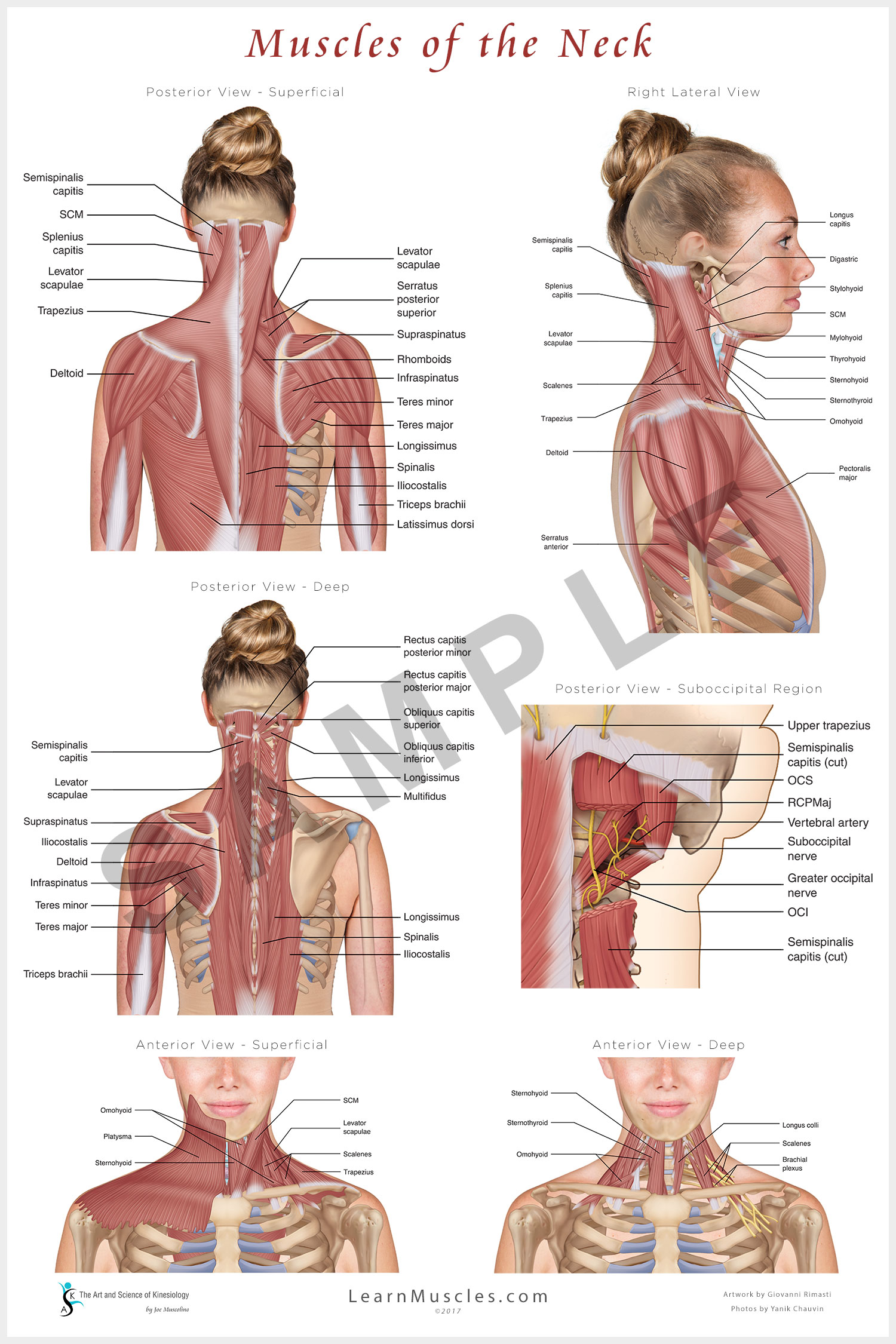
Maxilla arch zygomatic arch (for masseter)Ĭloses mouth pulls lower jaw in under upper jaw This provides the jaw muscles with the large amount of leverage needed for chewing. The muscles that move the lower jaw are typically located within the cheek and originate from processes in the skull. Suface of eyeball between superior rectus and lateral rectus Moves eyes down and away from nose rotates eyeball from 6 o’clock to 9 o’clock Surface of eyeball between inferior rectus and lateral rectus Moves eyes up and away from nose rotates eyeball from 12 o’clock to 9 o’clock Moves eyes down and toward nose rotates eyes from 6 o’clock to 3 o’clock Moves eyes up and toward nose rotates eyes from 1 o’clock to 3 o’clockĬommon tendinous ring (ring attaches to optic foramen) (b) Each muscle inserts onto the eyeball. (a) The extrinsic eye muscles originate outside of the eye on the skull. Additional muscles of facial expression are presented in. With these movements, you can feel the action of the corrugator supercilli. Raise your eyebrows as if you were surprised and lower your eyebrows as if you were frowning. Place your finger on your eyebrows at the point of the bridge of the nose. There are several small facial muscles, one of which is the corrugator supercilii, which is the prime mover of the eyebrows. This muscle allows you to whistle, blow, and suck and it contributes to the action of chewing. The physicians originally studying human anatomy thought the skull looked like an apple.Ī large portion of the face is composed of the buccinator muscle, which compresses the cheek.

Instead, the two bellies are connected by a broad tendon called the epicranial aponeurosis, or galea aponeurosis (galea = “apple”). In other words, there is a muscle on the forehead ( frontalis) and one on the back of the head ( occipitalis), but there is no muscle across the top of the head. The muscle has a frontal belly and an occipital (near the occipital bone on the posterior part of the skull) belly. The occipitofrontalis muscle moves up the scalp and eyebrows.

The orbicularis oris is a circular muscle that moves the lips, and the orbicularis oculi is a circular muscle that closes the eye.
#Neck diagram muscles skin#
Many of the muscles of facial expression insert into the skin surrounding the eyelids, nose and mouth, producing facial expressions by moving the skin rather than bones.


 0 kommentar(er)
0 kommentar(er)
